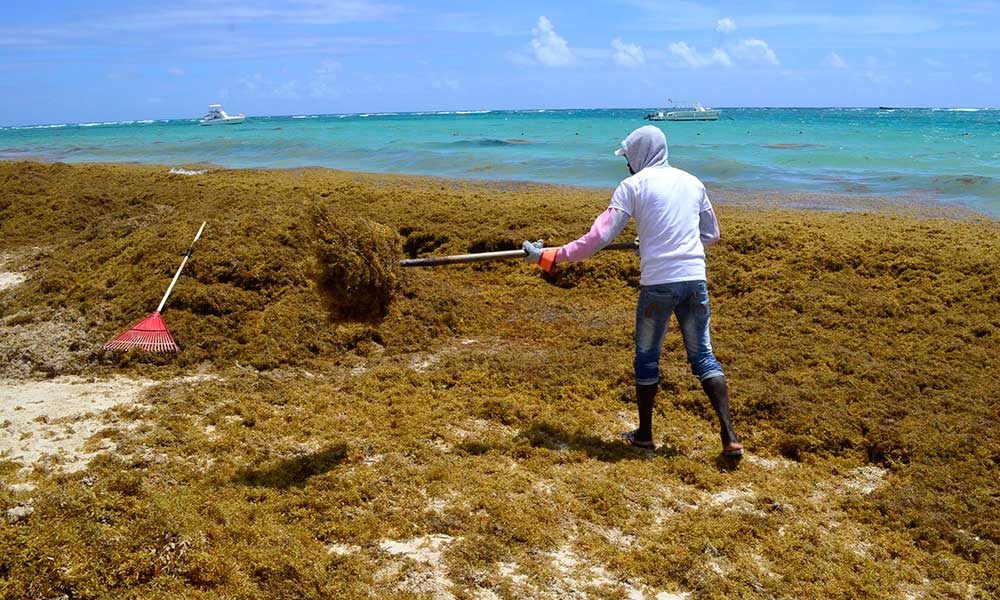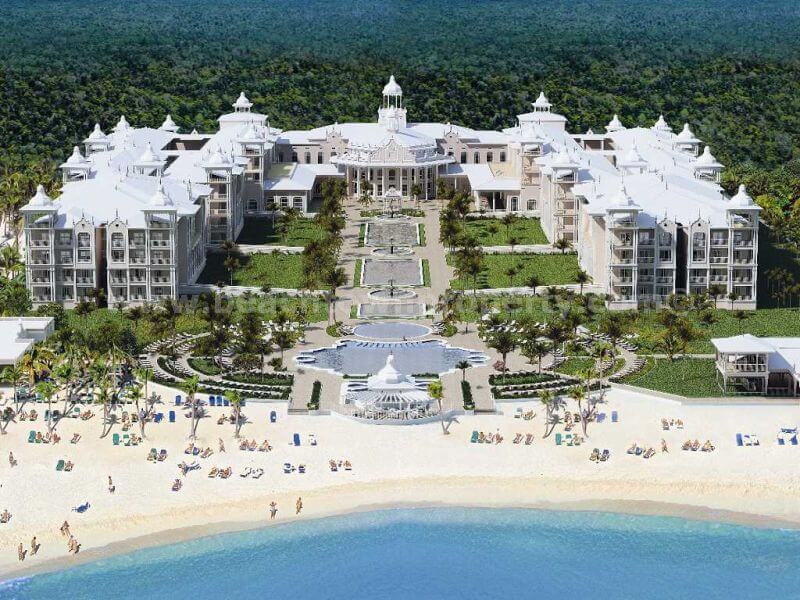It’s easy to appreciate the beauty of the SAMANÁ PENINSULA, a thin strip of land poking out from the Dominican Republic’s northeast corner into the Atlantic Ocean. Arguably the most appealing part of the whole country, the region boasts a coast lined with spectacular beaches that epitomize the glorious Caribbean archetype of powdery white sand, vast banks of swaying coconut trees and transparent green-blue sea. Away from the water, the Cordillera Samaná, an imposing mountain range thick with sixty different types of palm tree and possessing a few impressive waterfalls, supports the peninsula, most of it penetrable only by horse.
Perhaps more than for the beaches and spectacular geography, visitors come for the opportunity to see up close the thousands of humpback whales that migrate to the Bahía de Samaná during the winter. Whale watching has become a thriving local industry – with regulations in place to preserve the safety of the whales – peaking between mid-January and mid-March, when sightings are virtually guaranteed. Most whale boats depart from the town of Santa Bárbara de Samaná (generally shortened to “Samaná”), the largest on the peninsula and within easy shouting distance of several terrific beaches – including Cayo Levantado, the original Bacardi Island. If the hustle and bustle of the more typical Dominican towns becomes too much, head east to Las Galeras, a pristine horseshoe of sand that, despite some development in recent years, still maintains an air of tranquillity. A short drive away are the Cuevas de Agua, the peninsula’s most impressive Taino archeological site; alternatively, take a boat ride north to isolated Playa Rincón, one of the country’s top beaches. Along the peninsula’s north coast you’ll find the remote expat colony of Las Terrenas, a burgeoning beachside hangout for independent travellers with a decent nightlife scene. Day-trips easily made from here include to untamed Playa Bonita, the largest Samaná beach of all and horseback excursions to the remote and thundering waterfall Salto El Limón.
Until the late nineteenth century, a narrow channel separated the Samaná Peninsula from the Dominican mainland, making it a hotbed for pirates, whose smaller ships used the channel to evade the bulkier galleons that couldn’t make it through.
Since then, sediment has slowly glued the peninsula onto the mainland; where once the water flowed, a fertile flood plain lies, packed with rice paddies. The peninsula’s gateway town Sánchez is situated here. Once a famous port that now derives most of its income from shrimp farming, it is of little intrinsic interest to visitors but is an important transportation hub, providing guagua connections with Samaná and Las Terrenas.
Explore The Samana Peninsula





